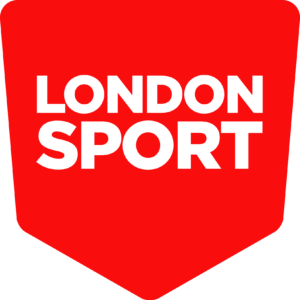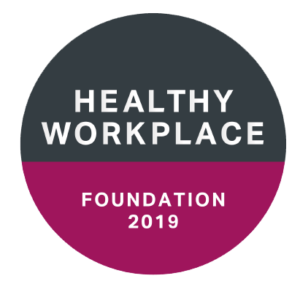We seek to create conditions that make it easier for less active Londoners to be physically active in the spaces and places they live.
Our Approach
‘Place’: an area within a defined geographic boundary e.g. a borough, ward, an estate.
‘Space’: somewhere used for the purpose of being active. This includes informal space, like parks, rivers and the public realm (e.g. high streets), or facilities like leisure centres and community centres. These create local or hyper-local places within which the work focuses.
What do we mean by a whole system?
We use the Sport England model, based on the health sector’s person-centric system model.
It recognises that for sustainable change to occur we have to consider the individual at the core, and then consider the layers of the world around them that impact on their decisions and actions.
What are we hoping to achieve?
Through the work we do across London, we not only seek to improve places, but also to understand the conditions that have made that system work. We seek to understand how physical activity is used as an effective tool to achieve outcomes for individuals.
We aim to:
– Gain a deeper understanding our audiences and their experiences within their place.
– Improve processes and policies that enable increased physical activity.
– Test interventions designed to increase activity levels and develop recommendations on what, where and how resources are used to best effect within the system.
Our work:
Our Place-Based Approach encompasses our efforts within the defined spaces and places of London to make it easier for those who are less active to be more physically active.
To do this, we have five areas of strategic focus:
We want to increase the use of built spaces, such as leisure, school, and community facilities for physical activity among priority groups and communities. This creates a deeper understanding of the needs of different communities and priority groups in relation to the impact of the built spaces and the workforce that operates them.
We want to improve the policy and processes that allow communities to access and use public space for sport and physical activity. This focus has been developed in response to inconsistencies and contradictions across London’s open space management.
We want to create recommendations and templates for authorities and organisations to implement in the management of public spaces and facilities.
We want to increase the use of public spaces (parks, rivers, car parks etc) for physical activity among priority groups and communities. Our aim is to ensure programmes delivering in the public realm are better connected to their communities and reduce the inequality of access to programmes.
We aim to develop whole-system approaches that utilise physical activity and sport to achieve societal outcomes. We focus on aligning council departments and strategic bodies (e.g. NHS Trusts) to protect resource invested into physical activity and sport.
It tests frameworks for initiating cross-department working, engaging director-level support, aligning resources and increasing the evidence base for using physical activity as the tool for achieving community engagement and successful impact of non-sport outcomes.
We want to support local delivery partners and communities to connect and lead change using physical activity. We put in place the insight, policy and process that supporting the traditional sport sector to engage under-represented groups.
Case Study
Read our end of project evaluation for the This Girl Can Croydon programme.
This place-based project led by Croydon Voluntary Action has worked with community organisations and groups across three target areas of the borough to reach women not already accessing activity.
Check out our video covering the project outcomes (right).






